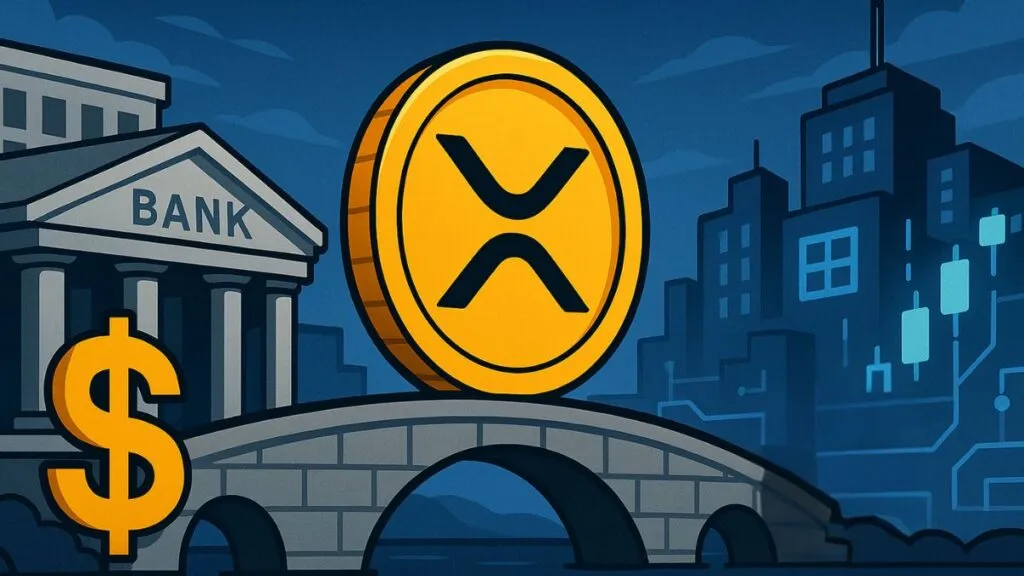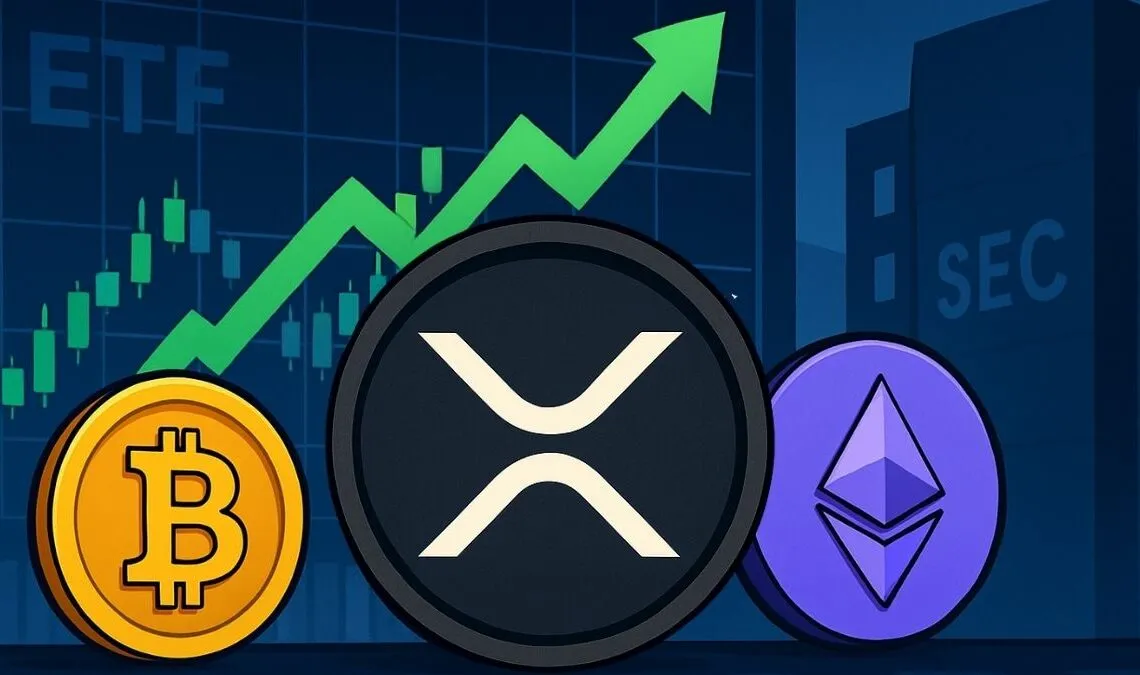The crypto ETF landscape is evolving rapidly. After years dominated by Bitcoin and, more recently, Ethereum ETF developments, a new player has entered the field: XRP. With recent approvals of XRP-focused ETFs in both the U.S. and Brazil, XRP has reignited investor excitement. But the real question is: can XRP leverage this momentum to challenge the market dominance of Bitcoin and Ethereum?
Let’s explore how XRP’s ETF breakthrough compares to its larger peers — and what it could mean for the future of altcoin investing.
Bitcoin ETFs: Setting the Gold Standard
Bitcoin paved the way for crypto ETFs, with U.S.-listed spot Bitcoin ETFs attracting billions in inflows since their approval earlier this year. Giants like BlackRock’s IBIT and Fidelity’s FBTC have set a strong precedent, positioning Bitcoin as the go-to asset for institutions entering the digital space.
These products boosted Bitcoin’s liquidity, reduced volatility, and, most importantly, validated crypto as a mainstream investment category. Bitcoin ETFs were the catalyst behind BTC’s surge to new highs in early 2025, reinforcing its role as “digital gold.”
Ethereum ETFs: Momentum Builds
Ethereum has been following closely behind. With futures-based ETFs already trading and growing speculation about spot Ethereum ETFs coming soon, ETH has secured its place as the second institutional darling.
The narrative around Ethereum ETFs is focused on its smart contract utility, ecosystem dominance, and its role in powering DeFi and NFTs. While it hasn’t yet matched Bitcoin’s ETF success in terms of inflows, Ethereum remains well-positioned for future institutional adoption — particularly if the SEC clears a spot ETH product later this year.
XRP’s Unique Case: Bridging TradFi and Crypto
Unlike Bitcoin and Ethereum, XRP’s story is rooted in utility — particularly in cross-border payments and liquidity management. Ripple’s longstanding focus on institutional use cases gives XRP a fundamentally different value proposition.

Now, with XRP ETFs approved in the U.S. (including a new Ripple-linked offering) and LATAM markets like Brazil, the token is stepping into the regulated investment space. This move could open XRP to a broader audience of traditional investors who value real-world application over pure speculation.
Importantly, XRP has also benefited from increased legal clarity compared to many other altcoins, following Ripple’s partial victory in its U.S. court battles.
Comparison: How XRP Stacks Up Against BTC and ETH
| Feature | Bitcoin (BTC) | Ethereum (ETH) | XRP |
| ETF Approval Status | Spot ETFs approved | Futures ETFs live; spot pending | Spot ETFs approved |
| Primary Use Case | Store of Value | Smart Contract Platform | Cross-Border Payments |
| Institutional Adoption | Very High | Growing | Emerging |
| Regulatory Status | Clear (Commodity) | Mostly Clear | Increasingly Clear |
| Market Cap (April 2025) | ~$1.8 Trillion | ~$450 Billion | ~$130 Billion |
While Bitcoin and Ethereum still dominate in terms of market capitalization and institutional flows, XRP’s real-world adoption story — combined with its new ETF support — could allow it to carve out a strong niche. Especially in sectors like payments, remittances, and fintech integrations.
Final Thoughts: Can XRP Close the Gap?
XRP’s ETF breakthrough marks a major milestone for the project — and for altcoins more broadly. While Bitcoin and Ethereum have a significant head start in terms of mindshare and adoption, XRP’s distinct focus on practical utility could attract a different breed of investors.
If Ripple continues expanding XRP’s role in traditional finance and global remittances, and if ETF inflows materialize, XRP could see sustained momentum through 2025 and beyond.For now, XRP may not overtake Bitcoin or Ethereum in market cap — but it’s increasingly clear that it’s solidifying its place as one of the top three most institutionally viable crypto assets.

















